Succession to the Crown: King George VI
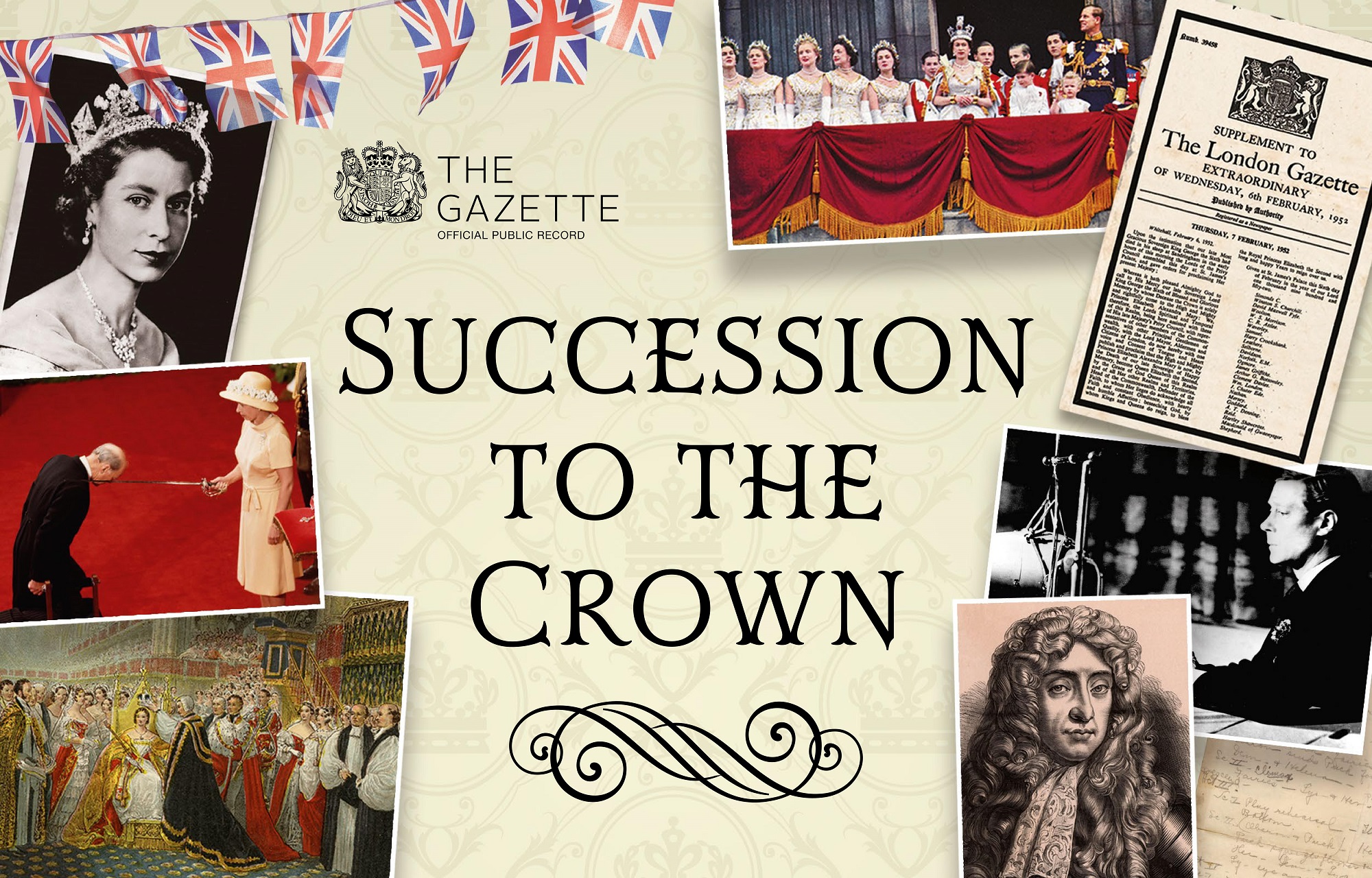
As the official public record since 1665, The Gazette has been recording successions to the Crown for over three centuries. As part of our ‘Succession to the Crown’ series, historian Russell Malloch looks through the archives at the accession and reign of King George VI, as described in The Gazette.
Chapters
Succession to the Crown paperback
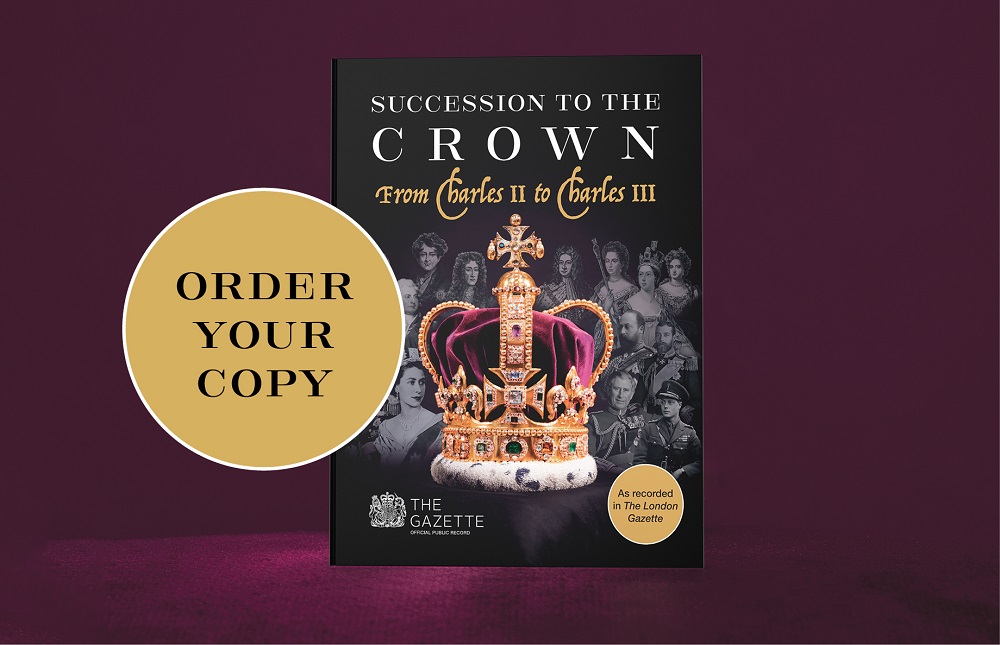
To celebrate the new king’s coronation, The Gazette’s Succession to the Crown series has been released in paperback.
Available to order now from the TSO Shop, the Succession to the Crown paperback explores the coronations, honours and emblems of the British monarchy, and includes an exclusive chapter on the accession of King Charles III.
Find out more in the link below.
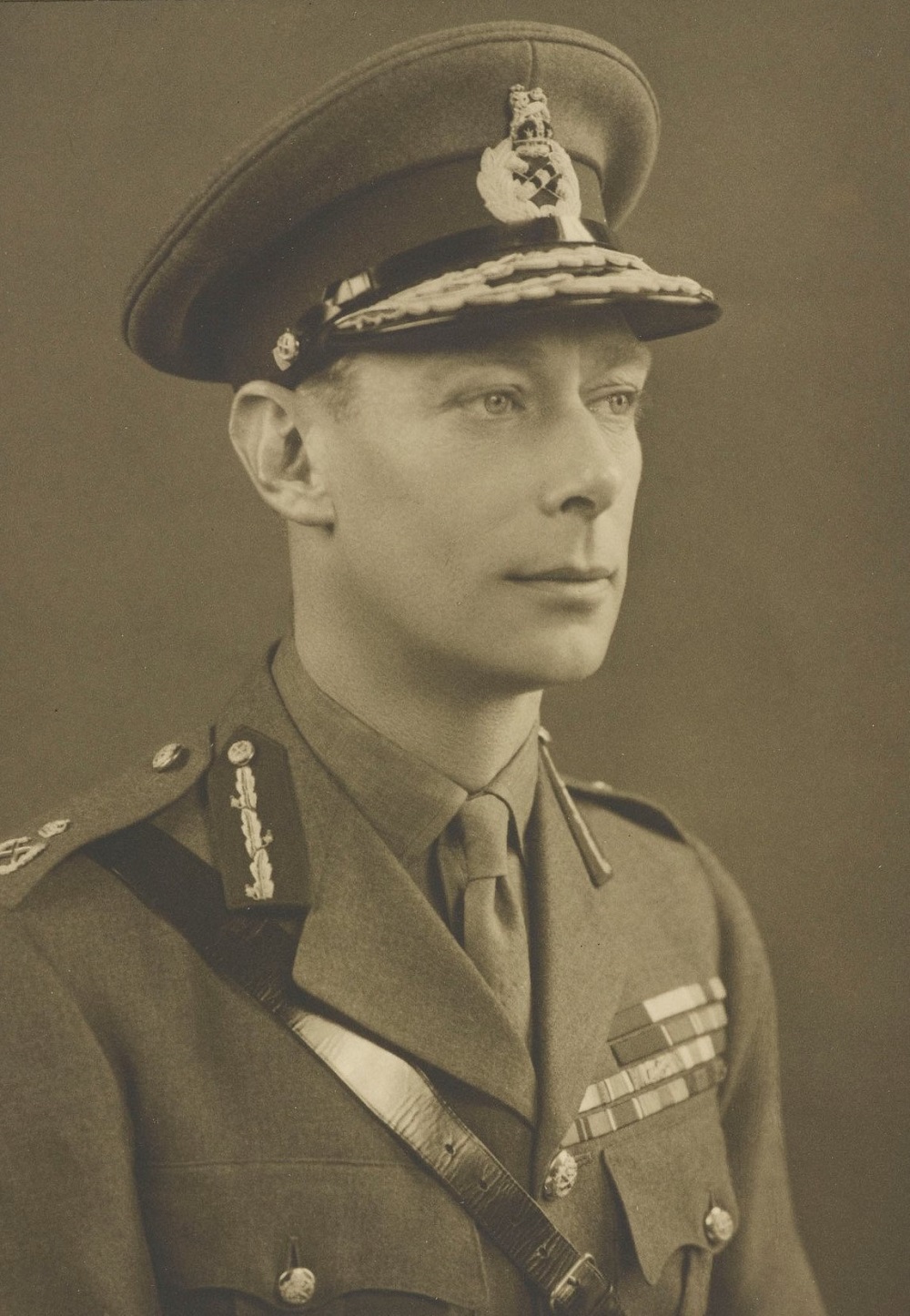
Abdication Act
The third accession council of the 20th century was the most unconventional since 1689 when the Prince and Princess of Orange had secured the crowns after King James II and VII had lost his place on the throne through public process rather than death.
The 1936 situation gave rise to different constitutional questions to those associated with the death of a sovereign and came at a time when the destination of the Crown was subject to the obligations referred to in the preamble to the Statute of Westminster, which was intended to help to manage the maturing and increasing complicated relationship between the United Kingdom and the King’s quite different dominions that were spread around the world.
King Edward had declared his desire that the instrument of abdication should be given immediate effect, and on the following day His Majesty’s Declaration of Abdication Act was passed (Gazette issue 34350). The Act acknowledged the environment in which the Crown now operated, as the introduction stated that:
“whereas, following upon the communication to his dominions of His Majesty’s said declaration and desire, the Dominion of Canada pursuant to the provisions of section four of the Statute of Westminster, 1931, has requested and consented to the enactment of this act, and the Commonwealth of Australia, the Dominion of New Zealand, and the Union of South Africa have assented thereto.”
The bill provided that the King’s instrument should have effect immediately upon royal assent being signified to the Act, and “thereupon His Majesty shall cease to be king and there shall be a demise of the Crown, and accordingly the member of the royal family then next in succession to the throne shall succeed thereto and to all the rights, privileges, and dignities thereunto belonging”.
The Court Circular reported that assent was given to the Act at 1.52pm on 11 December 1936, and notices about the demise of the Crown were then sent to members of the Privy Council, including many of those who had attended the January accession council. By this stage, there were around 300 counsellors, the most senior of whom was the Duke of Connaught, while the most junior was Alec Hardinge, the King’s private secretary, who was sworn in at Buckingham Palace in October 1936.
More than half the counsellors were able to attend, including Lord Normand, who was sent a telegram at 2.30pm, less than an hour after the Abdication Act had received assent: “The Accession Council will be held at St James’s Palace on Saturday 12th instant at 11am entrance in Friary Court Levee dress Decorations Visiting Card should be handed to messenger on entering. Clerk of the Council.”
Normand signed the accession proclamation, which usually explained that by the death of the late sovereign, the Crown was now “solely and rightfully” come to the next sovereign, but now stated that the transfer of the royal authority arose because the instrument of abdication had taken effect. The revised form of proclamation for King George VI was signed by 168 privy counsellors and 54 other individuals and included representatives from Canada and South Africa, two of the dominions that had been formally consulted about the abdication.
King George’s accession declaration made no reference to his decision not to be styled by his first name of Albert, as Edward VII had done when he came to the throne in 1901, but instead he used the occasion to emphasise that he met the Privy Council in circumstances which were “without parallel in the history of our country”. He said he would work for the welfare of the Commonwealth of Nations, and then addressed his brother’s status, saying, “My first act on succeeding my brother will be to confer on him a dukedom and he will henceforth be known as His Royal Highness the Duke of Windsor” (Gazette issue 34349).
Matters progressed quickly after that, and The Gazette reported the accession and coronation proclamations being read by Garter king of arms at Friary Court on 12 and 19 December 1936, as well as the work of other members of the College of Arms in reading the proclamations at Charing Cross, Temple Bar and Chancery Lane (Gazette issue 34356).
Letters patent were duly passed under the great seal in March to grant Prince Edward the dignity of Duke of Windsor, and in May 1937 he was allowed, despite the content of the instrument of abdication and the related act, “to hold and enjoy for himself only the title style or attribute of Royal Highness so however that his wife and descendants if any shall not hold the said title style or attribute” (Gazette issue 34402). The Duke of Windsor played no part in the exercise of the royal authority after his abdication, apart from when he represented the Crown as the governor of the Bahamas after he was removed from Europe during the war.
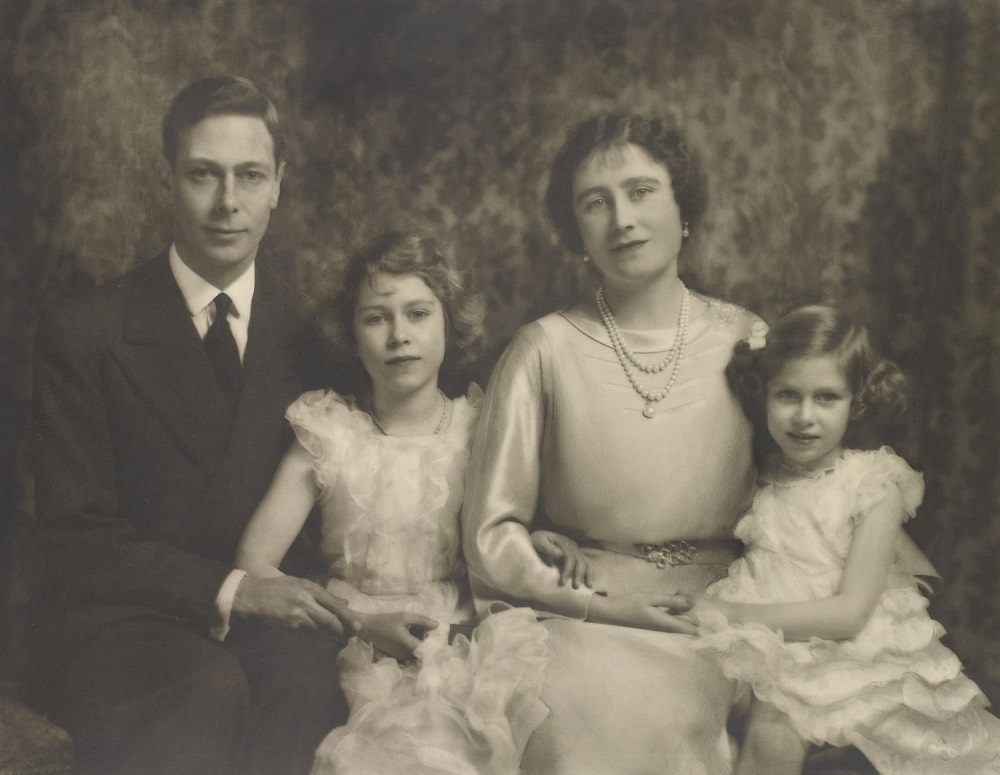
Regency Act
Measures were put in place to revive a regency bill and to regulate King George’s unexpected inheritance, and on 26 January 1937, the speaker of the House of Commons read a message in which the King recommended action to make permanent provision for securing the uninterrupted exercise of the royal authority during the minority of the sovereign, as well as during the sovereign’s incapacity and absence.
The Regency Act received assent on 19 March (Gazette issue 34382) and broadly allowed for the next person in the line of succession to be the regent, and to perform the royal functions if the sovereign was under the age of 18 years at his or her accession, or were declared to the Privy Council to be incapable for the time being of performing the royal functions.
The Act addressed situations in which the sovereign’s illness did not amount “to such infirmity of mind or body” as required a regency, or the sovereign intended to be absent from the United Kingdom. In those circumstances the sovereign may “in order to prevent delay or difficulty in the despatch of public business, by letters patent under the great seal, delegate for the period of that illness or absence, to counsellors of state such of the royal functions as may be specified in the letters patent”.28 The counsellors for this purpose were defined as the wife or husband of the sovereign (if married), and the four persons next in the line of succession to the Crown.
Counsellors of state
No regent has ever been appointed under the 1937 Act, but the King nominated several counsellors to deal with the royal functions during periods of absence and illness. The first counsellors were appointed on 5 May 1939 in advance of a royal visit to Canada and the United States of America. The patent was published in The Gazette (Gazette issue 34623) and nominated the Queen (even though she was due to accompany her husband to North America), together with the Dukes of Gloucester and Kent, the Princess Royal, and the King’s cousin, the Duchess of Fife.
The counsellors’ powers were limited, and, among other things, the patent stated that they “shall not grant any rank title or dignity of the peerage”, while a different approach was taken to determine what other limits should apply. The 1929 patent that addressed the late King’s illness had incorporated a schedule that set out the matters the counsellors could deal with, while the 1939 document now listed the matters they could not deal with, and said they “shall not approve and sign any warrant submission or other document set out in the schedule hereunto annexed”. The schedule listed several aspects of the royal authority the counsellors could not deal with:
“Warrants submissions and other documents for which His Majesty’s signature or approval is required for or in connection with any of the following purposes:
1. Awards of honours decorations and medals
2. Precedence to rank among nobility
3. The use by British subjects of foreign titles and the wearing of foreign orders in the United Kingdom
4. Issue of writs in peerage claims for the determination of abeyances
[…]
7. Amendment of statutes of order”
The other reserved matters involved relatively obscure issues that fell within the scope of the royal authority, namely the disbandment of regiments and other army units; changes in army and air force dress; and matters in connection with the general assembly of the Church of Scotland.
The King left the United Kingdom several times after his North American tour, starting in December 1939 when he visited the troops in France at the start of the war. The Gazette did not report any counsellors being nominated on that occasion, but noticed two patents that delegated royal functions during his later absences “for the purpose of visiting our forces beyond the seas”. The patent of June 1943 related to his tour in North Africa (Gazette issue 36064), while his visit to Italy was dealt with by the patent of July 1944 (Gazette issue 36631), which was the first to name Princess Elizabeth as a counsellor.
The King performed some of his usual royal duties when he visited the forces, as he invested General Eisenhower with the insignia of the grand cross of the Bath in North Africa, and presented the Victoria Cross to a major in the Canadian Army while he was in Italy.
A fourth ‘absence patent’ was issued in January 1947 when the King left “for the purpose of visiting our Union of South Africa our colony of Southern Rhodesia and other territories in Africa forming parts of our dominions or under our protection” (Gazette issue 37866). This document continued the same approach to limiting the counsellors’ powers as in 1939, by including a schedule of reserved matters.
Royal functions
The performance of royal functions outside the United Kingdom increased during the reign as the King visited Canada and South Africa during peacetime, and France, Italy and North Africa during the war. The royal authority was also more widely delegated, as the right to confer the honour of knighthood was extended to a range of public officials.
As was mentioned earlier, the right to knight an individual was strictly controlled, and was generally limited to the King’s representatives in India and Ireland, with the Gazettes of the 1930s including several reports about individuals being knighted by the viceroy at New Delhi.
Not long after the coronation, the right to dub knights was opened to high officials in the dominions, and The Gazette began to report knighthoods being conferred by the governor-general of Australia under the authority of a royal warrant, starting at Melbourne and Sydney in November 1937 (Gazette issue 34494), and by the governor-general of New Zealand, who performed the ceremony at Auckland and Wellington in December of that year.
These acts by the King’s representatives in Australia and New Zealand were early steps in the evolution of the relationship between the Crown and the dominions that led to the creation of indigenous honours systems in those nations before the end of the 20th century.
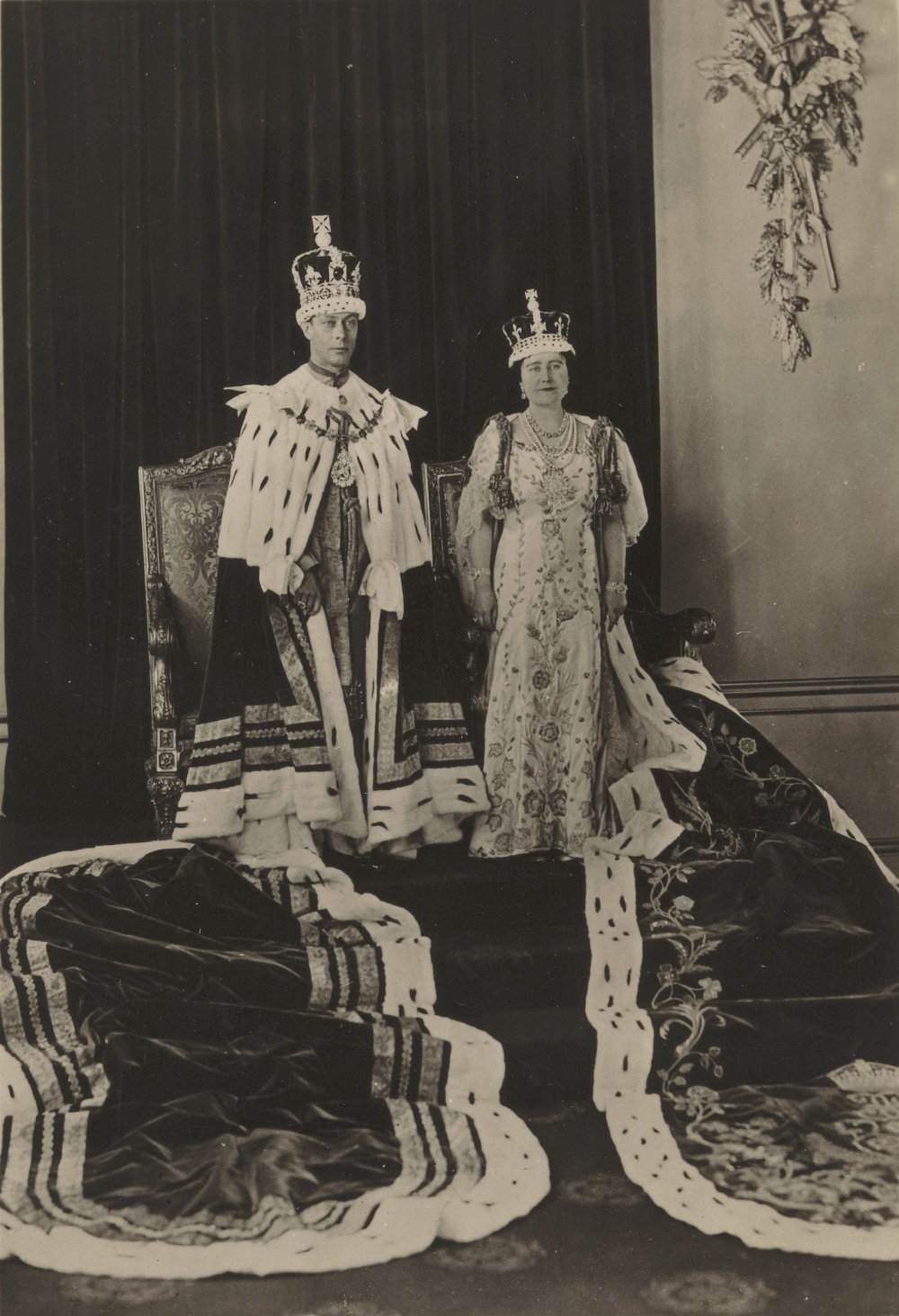
Accession measures
The coronation of King Edward VIII was planned to take place on 12 May 1937, and that date continued to be used for his successor. Many of the measures that were intended for Edward’s crowning were retained, and Lord Normand was once again a member of the coronation committee of privy counsellors that was appointed on 18 December 1936 (Gazette issue 34351), as well as a member of the reconstituted court of claims.
The new court did not re-examine the question of who should carry the spurs, and instead the sole substantive issue was to confirm the status of the lord great chamberlain, who played an important role during the ceremony, including presenting the golden spurs and the sword for offering. The court met again on 11 February 1937 when the only other matter was an eccentric petition by a Captain McGuffie to appoint a herald or officer from among the Picto-Celtic families of Galloway to attend the coronation “to signalize the support of the Lordship of Galloway in so far as that title is now merged in that of the Crown”.
The Royal Mint had prepared matrices showing Edward’s ERI cypher on decorations and a new style of medal for the Order of the British Empire, as well as starting work on his coronation medal, but this could no longer be used and the original job had to be abandoned.
The Mint and other organisations were forced to alter course and to act rapidly, as medals were needed for a ceremony that was now only five months away. The coronation took place as planned in May 1937 and was marked with the third in the modern series of medals which, following the precedents of 1902 and 1911, showed the combined effigies of the King and Queen.
On the eve of the ceremony, The Gazette published a special honours list, and revealed a few novel awards, including the Queen’s appointment to be the first lady of the Order of the Thistle, together with news that the King had placed the Chapel of the Savoy in London at the disposal of the Royal Victorian Order (Gazette issue 34396). The coronation list also reported the nomination of several members of the Privy Council, including the governors-general of Australia, Canada, New Zealand and South Africa, and the first speaker of the House of Commons of Northern Ireland.
By the 1930s, the usual practice was for The Gazette to report Privy Council nominations in the bi-annual honours lists and to record the ceremony at which the individual was sworn in. That practice was observed for the coronation counsellors, when the new members included Frederick Pethick-Lawrence, a former financial secretary to the Treasury, and Lord Gowrie, the governor-general of Australia. The Gazette then reported that Pethick-Lawrence was sworn in at Buckingham Palace in June 1937 (Gazette issue 34407), while Lord Gowrie’s ceremony took place in May 1938 (Gazette issue 34508).
The Gazette’s reporting of the activities of the Privy Council was revised during the first year of the war. Admissions to the council continued to be gazetted, but reports about the swearing-in ceremonies were not published after Winston Churchill succeeded Chamberlain as prime minister in May 1940 at a critical point in the war, and details about the council’s ceremonies were then omitted from The Gazette, although they continued to be noticed in the Court Circular. The former practice of gazetting the council ceremony was not revived after the war.
One matter that engaged the Privy Council in February 1938 was the introduction of a great seal, which was the work of Kruger Gray, the artist who designed the knight bachelor’s badge with its sword and spurs. The seal showed the King but without any of the saints and other allegorical figures that had featured in recent seals, and without any emblems for India or the British dominions.
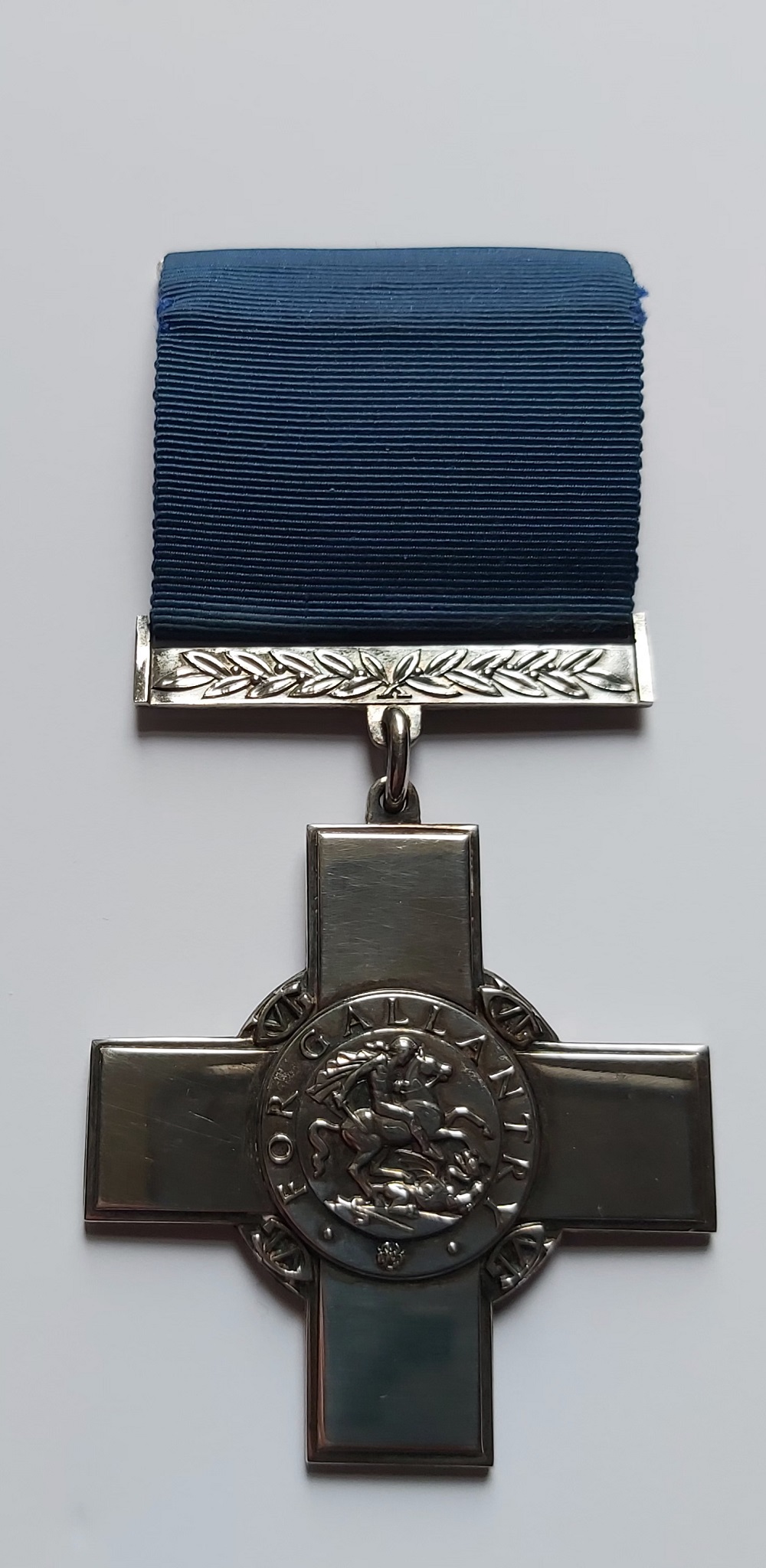
New honours
The royal authority was used to add several honours during the reign. Some of the early additions were associated with the separation of Burma from British India, which resulted in the Order of Burma and the Burma Gallantry Medal being created to replace existing Indian honours.
After a year of war against Germany, the King signed warrants in September 1940 to institute the George Cross for “acts of the greatest heroism or of the most conspicuous courage in circumstances of extreme danger”, and the George Medal for “acts of great bravery” (Gazette issue 35060). One of the most famous awards of these decorations came in 1942 when the George Cross was conferred on the island of Malta.
A number of other honours belong to the war period. The Air Efficiency Award was created in August 1942 to reward long and meritorious service in the auxiliary and voluntary air forces (Gazette issue 35699), and a separate Conspicuous Gallantry Medal was established in November 1942 for acts that were performed while flying in active operations against the enemy (Gazette issue 35864).
Two unusual medals emerged in August 1945, as the King’s Medal for Courage in the Cause of Freedom was created to recognise “acts of courage performed by foreign persons […] in furtherance of the interests of the British Commonwealth in the Allied cause, during the war”, while the King’s Medal for Service in the Cause of Freedom was for a similar purpose, but where the services did not involve acts of bravery or dangerous work in hazardous circumstances (Gazette issue 37243).
The emblems of royal authority continued to be essential features in the design of the war-time honours, as the George Cross carried the King’s cypher between the arms of the cross, while his effigy appeared on all of the medals.
Indian Independence
The royal emblems had to be amended two years after the war to reflect the passing of the Indian Independence Act in July 1947 (Gazette issue 38022), which stated that “The assent of the Parliament of the United Kingdom is hereby given to the omission from the royal style and titles of the words ‘Indiae Imperator’ and the words ‘Emperor of India’ and to the issue by His Majesty for that purpose of his royal proclamation under the great seal of the realm.”
The separate nations of India and Pakistan were set up in August 1947, but there were delays in passing the necessary legislation in the dominion parliaments and so the King’s proclamation was not issued until 22 June 1948 when he directed that “so far as conveniently may be, on all occasions and in all instruments wherein our style and titles are used, in the Latin tongue, the words ‘Indiae Imperator’, and, in the English tongue, the words ‘Emperor of India’ shall be omitted” (Gazette issue 38330).
In contrast to the situation in May 1927, when King George V’s titles were altered to take account of the partition of Ireland, the 1948 proclamation did not indicate that the change was made on the advice of the Privy Council, although the council met at Buckingham Palace on the day the proclamation was issued.
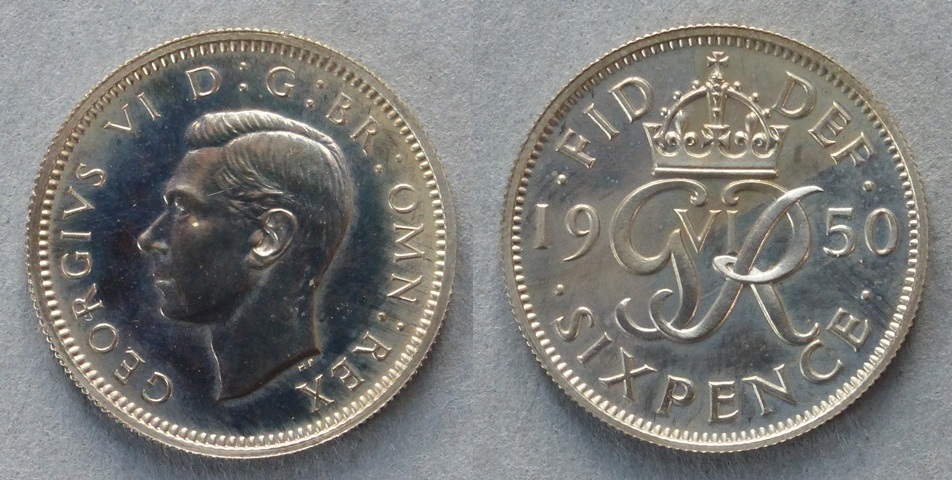
The inscription on many seals and medals had to change, with the old imperial cypher GRI being replaced by G VI R in most settings, ranging from the badge and seal of the Imperial Service Order, to the Royal Red Cross and the Royal Victorian Medal.
The fundamental change in the Crown’s status in India led to the ending of the grant of honours that had served British interests since the Victorian era. The cessation of most British awards occurred even before India became a republic in January 1950, and The Gazette of January 1948 announced the last appointments to the Orders of the Star of India and the Indian Empire, while the grant of other Indian favours stopped at this time, including the Kaisar-i-Hind Medal.
India’s independence caused the greatest reduction in the scope of the British honours system so far, and followed the ending of awards of the Order of Burma and other honours after Burma became an independent republic in January 1948. There was also the more limited impact of the demise of the Order of St Patrick, an event that had seemed likely after the creation of the Irish Free State in the 1920s and which became more certain when the republic of Ireland was formed in April 1949.
The withdrawal of Burma, India and Ireland from the King’s realms were early examples of the process of breaking the links between the Crown and the British honours system that continues today. The change took place over several decades and affected royal marks of favour such as the locally based Badges of Honour that operated in individual colonies and protectorates until they gained their independence in the 1950s and 1960s. A recent example of such a change came in November 2021 when Barbados became a republic and ended its long connection with the honours system and its place in The Gazette.
Ceremonial
The King’s role at the head of the honours system may have shrunk because of the constitutional developments that took place in India and Ireland, but the importance of his royal function at home was suggested by an increased activity in some of the orders.
The process of extending the ceremonial life of the orders began in July 1937 when Queen Elizabeth and two of the coronation knights of the Thistle were installed in St Giles’ Cathedral. This was the first installation to take place since 1911 and set a precedent for installing members of the order that has been followed ever since. The war then disrupted plans for other corporate events, but in October 1946 the King was able to attend the inauguration of the Savoy Chapel as the chapel of the Victorian Order.
The most significant revival of activity came in the Garter, where no knights had been installed since 1805 and the reign of King George III. After the end of the war, the prime minister agreed to surrender the right to nominate knights to the King, and arrangements were made to fill the vacancies that had arisen during the war and to organise a special service to mark the 600th anniversary of the foundation of the order by King Edward III.
A Garter chapter was held at Windsor Castle in April 1948, when the King delivered an address to mark the anniversary. He then invested Princess Elizabeth, the Duke of Edinburgh and several other members with their insignia, and later installed them in St George’s Chapel. The Gazette continued to announce Garter appointments after the right to nominate members passed to the King, but there was no reporting of the installations or other ceremonial that took place within the order, in contrast to the accounts that appeared in the Hanoverian Gazette.
The increase in the ceremonial side of the honours system was clear from the events of 1951, for although the King was not present at the annual service of the Order of St Michael and St George in St Paul’s Cathedral in April, he did attend the Garter ceremony at Windsor on 9 May when he installed the king of Denmark, and on 24 May he supervised the first installation of the knights grand cross of the Bath since before the war
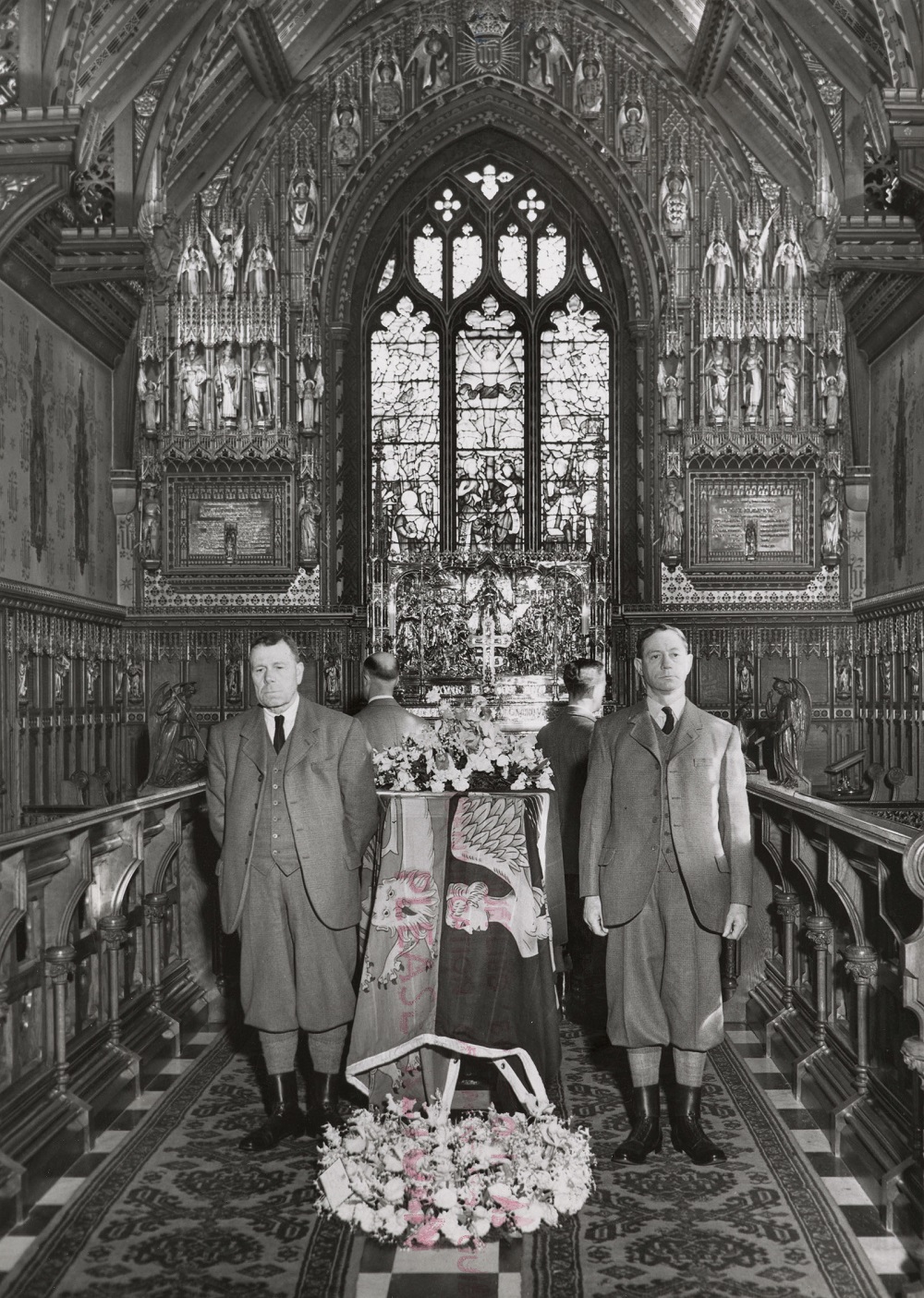
Commonwealth tour
In 1951 it was announced that the King would become the first reigning sovereign to visit Australia and New Zealand during the following year, but he underwent a lung operation in September and counsellors of state had to be appointed to exercise the royal authority. Plans were made for the Commonwealth tour to be undertaken by Princess Elizabeth, who was named as a counsellor in the patent of 27 September 1951 that was needed “by reason of our illness” (Gazette issue 39344).
The King survived the operation and Princess Elizabeth left for Canada on 8 October 1951. She returned to England on 17 November, and during her absence the King resumed some of his royal functions, as he invested Clement Attlee with the insignia of the Order of Merit and received the future prime minister Alec Douglas-Home (then Earl of Home), who was sworn in as a member of the Privy Council and delivered up his father’s insignia as a knight of the Thistle.
Other royal duties continued to be delegated, as the Duke of Gloucester performed investitures on his brother’s behalf, as well as laying a wreath at the Cenotaph on Remembrance Day. The counsellors’ patent was later revoked, but steps were taken to secure the royal authority by introducing Princess Elizabeth and the Duke of Edinburgh as members of the Privy Council on 4 December 1951.
The King undertook further duties during the last weeks of the year. He presented the insignia of the Order of Merit for the last time to the philosopher George Moore on 13 December, and on the following day (his 56th birthday), he knighted Clement Price Thomas, the surgeon who had performed his lung operation, and invested him as a knight commander of the Victorian Order.
The King was able to bid farewell to his daughter at London Airport on 31 January 1952 at the start of her Commonwealth tour, but he died less than one week later after only 15 years on the throne (Gazette issue 39458), and so no medal was ever issued to mark the anniversary of his succession to the throne in circumstances that he described at his accession council as being without parallel in the history of the nation.
About the author
Russell Malloch is a member of the Orders and Medals Research Society and an authority on British honours.
See also
Gazette Firsts: The history of The Gazette and royal coronations
The Demise of Queen Elizabeth II and Accession of King Charles III
Queen Elizabeth II - In Memoriam
Images (in order of appearance)
The Gazette
Royal Collection Trust / © His Majesty King Charles III 2023
Royal Collection Trust / © His Majesty King Charles III 2023
Rijksmuseum, Amsterdam
Russell Malloch
Royal Collection Trust / © His Majesty King Charles III 2023
Royal Collection Trust / © His Majesty King Charles III 2023
Publication date: 4 April 2023
Any opinion expressed in this article is that of the author and the author alone, and does not necessarily represent that of The Gazette.
